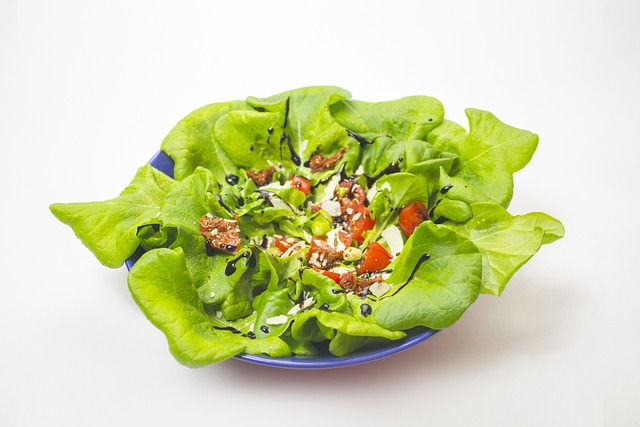Mold, a silent structural and health hazard, thrives in damp, dark areas. Early detection and non-toxic remediation techniques are crucial, focusing on moisture control. Traditional materials like wood and drywall are susceptible to mold growth, leading to costly remediation and health risks. Eco-friendly approaches involve improving ventilation, using humidity control, and incorporating naturally moisture-resistant materials like bamboo and stone. Non-toxic cleaning agents and sealing prevent future issues, offering safer alternatives to traditional chemical-based methods for healthier indoor environments, reduced environmental impact, and improved air quality.
In today’s quest for healthier living environments, understanding and mitigating mold growth in buildings is paramount. This comprehensive guide delves into natural mold resistant building materials, exploring alternatives to traditional options that foster healthy spaces. We dissect the impact of mold on structures, analyze common materials prone to growth, and highlight non-toxic mold remediation techniques. Discover innovative solutions for creating and maintaining mold-free environments, promoting well-being and peace of mind. Key focus: non toxic mold remediation.
- Understanding Mold and Its Impact on Buildings
- Traditional Building Materials and Their Potential for Mold Growth
- Non-Toxic Mold Remediation Techniques
- Exploring Natural, Mold-Resistant Alternatives
- Implementing and Maintaining Mold-Free Environments
Understanding Mold and Its Impact on Buildings

Mold, a silent invader, can wreak havoc on buildings if left unchecked. It thrives in damp and dark spaces, growing undetected until significant damage occurs. Beyond aesthetic concerns, mold poses health risks, particularly for occupants suffering from respiratory conditions or allergies. Non-toxic mold remediation is crucial to addressing this issue, focusing on identifying and eliminating the source of moisture, rather than just scrubbing away visible mold.
Understanding that mold can be insidious is key to preventing extensive damage and ensuring a healthy living environment. Proactive measures like proper ventilation, humidity control, and regular inspection are essential tools in the battle against mold growth. By employing natural, non-toxic materials known for their resistance to moisture and mold, builders and homeowners can create spaces that remain healthier and more durable over time.
Traditional Building Materials and Their Potential for Mold Growth

Traditional building materials, while widely used, can create environments ripe for mold growth. Materials like wood, drywall, and insulation are organic and offer ideal conditions for mold spores to thrive, leading to costly and unhealthy non-toxic mold remediation. These materials absorb moisture easily, especially in humid climates or during construction, creating the perfect breeding ground for these invisible invaders. This not only poses risks to indoor air quality but can also cause structural damage over time.
Non-Toxic Mold Remediation Techniques

When addressing mold issues in buildings, adopting non-toxic mold remediation techniques is essential for maintaining a healthy indoor environment. Traditional methods often involve toxic chemicals that can pose risks to occupants and necessitate specialized protective equipment. In contrast, eco-friendly approaches focus on safe, natural solutions. One effective strategy is increasing ventilation and humidity control, which prevents moisture buildup—a primary catalyst for mold growth.
Natural materials like bamboo, cedar, and certain types of stone are inherently resistant to mold and mildew. Incorporating these into construction or renovation projects can significantly reduce the likelihood of future mold problems. Additionally, using non-toxic cleaning agents and sealing mechanisms designed for natural materials ensures longevity and prevents any potential health risks associated with toxic chemicals.
Exploring Natural, Mold-Resistant Alternatives

In the quest for healthier and more sustainable living spaces, exploring natural, mold-resistant alternatives is a growing trend among environmentally conscious individuals. Traditional building materials often harbor moisture and organic matter, creating fertile ground for mold growth. However, nature offers a plethora of options that can significantly reduce these risks without resorting to toxic chemicals commonly used in non-toxic mold remediation.
From ancient techniques to modern innovations, we are uncovering the secrets of naturally mold-resistant substances. Materials like bamboo, known for its rapid growth and strength, exhibit inherent antimicrobial properties. Similarly, certain types of wood with high oil content or natural resins have long been used to repel water and prevent mold colonization. As we delve deeper into these natural solutions, we not only contribute to a greener environment but also create healthier homes and buildings, ensuring peace of mind for occupants and reducing the need for harsh chemical interventions in mold remediation processes.
Implementing and Maintaining Mold-Free Environments

Creating and maintaining a mold-free environment is essential for both indoor air quality and occupant health. Implementing natural, mold-resistant building materials can significantly reduce the risk of mold growth. These materials not only act as a preventive measure but also promote a healthier living or working space. For instance, using non-toxic, moisture-wicking fibers like bamboo or hemp in construction reduces humidity, which is a primary condition for mold to thrive. Regular cleaning and inspection routines are equally vital; addressing any potential water intrusion promptly and ensuring proper ventilation further reinforce these efforts.
Effective non toxic mold remediation involves a multi-step approach. This includes identifying and fixing sources of moisture, removing contaminated materials, and applying new, resistant finishes. By combining these strategies, you create an environment that discourages mold growth, enhancing the structural integrity and air quality of buildings. Such proactive measures not only save on costly repairs but also contribute to a safer, more comfortable living or working atmosphere.
